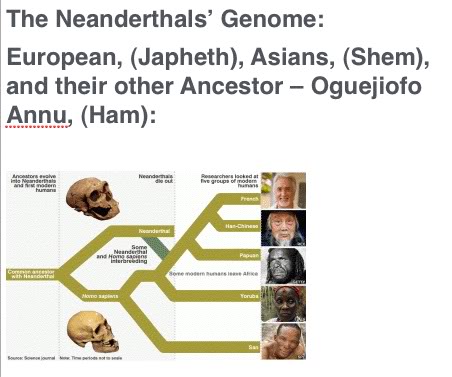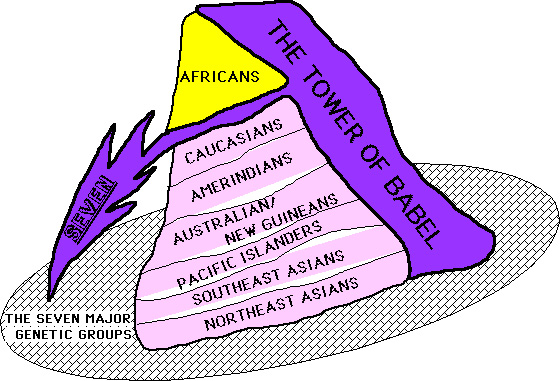1) Can you show empirical evidence and example in nature of information being added to a genome?
Yes. You were shown this several times. Would you like a link to it. I even calculated the information for you.
To answer this question please provide an example, not a math equation.
That's how information is determined. How else would you do it.
Shannon equation should not be used to provide an example of nature.
It's always used to measure information in nature.
Shannon's crucial concept was that the spheres must not intersect in a communications system, and from this he built the channel capacity formula and theorem. But, at its root, the concept that the spheres must be separated is a biological criterion that does not apply to physical systems in general. Although it is well known that Shannon's uncertainty measure is similar to the entropy function, the channel capacity and its theorem are rarely, if ever, mentioned in thermodynamics or physics, perhaps because these aspects of information theory are about biology, so no direct application could be found in those fields. .
http://www.sciencedirect.com/science...22519305800542
Information Theory and Population Genetics
Reginald D. Smith
Populations and Evolution (q-bio.PE); Information Theory (cs.IT)
Cornell University Library
The key findings of classical population genetics are derived using a framework based on information theory using the entropies of the allele frequency distribution as a basis. The common results for drift, mutation, selection, and gene flow will be rewritten both in terms of information theoretic measurements and used to draw the classic conclusions for balance conditions and common features of one locus dynamics. Linkage disequilibrium will also be discussed including the relationship between mutual information and r^2 and a simple model of hitchhiking.
Would like an example of nature that has empirical evidence or a no can't answer.
Sure. Let's take that example of a new lipoprotein that prevents hardening of the arteries in humans. It was a case of a duplicate gene (the old lipoprotein is still being made in these people), so the original information of the populuation was X (depending on the number of alleles) where X was the negative sum of the frequency each allele, times the log of the frequency of that allele. After the mutation, the information would be X+ negative sum of the product of the frequency of the new allele times the log of the frequency of that allele. Since the log of a number less than one is a negative number, this would mean that X is smaller than X+ (information of new allele).
I can't really make it any simpler than that. Sorry.
2. Barbarian observes
When my challenge to find even one case of two major groups missing a transitional wasn't answered, that pretty much closed out the issue.
(declines again to meet the challenge)
Not surprising. You already know how that will turn out, um?
Can you show the links for sharks, bats, seal's, sea lions, back to their common ancestors? The list could go on but we will start there.
The last common ancestor for those would be the first craniates, a subphylum of chordates. There's a living transitional for that, the hagfish. That's pretty easy. If you narrow your scope a little, you can make it harder for me.
3) And whatever novel feature you want to use to show empirical evidence of it's evolution from a single cell organism will work.
As you learned earlier, everything in organisms is a modification of things existing beforehand.
But I would like to see you explain the evolution of the sexual reproduction system. Simultaneously in your ideal of the first life form with them.
The evidence indicates that the first organisms were asexual. However, bacteria have evolved greatly in the last few billion years, and many of them have sexual activity called "conjugation", whereby they connect and share bits of DNA. Notice the evidence is that the first sexual behavior was not reproductive. We still see this today; often the spread of things like the nylon enyzme and antibiotic resistance happens by conjugation between (sometimes other species) bacteria.
However, it didn't end there. Many invertebrates are capable of asexual reproduction but can sometimes also reproduce sexually. Sexual reproduction had a great benefit in the cases where environments were subject to change. In those cases, the increased variability of sexual reproduction was a benefit.
Some organisms eventually evolved to the point that sexual reproduction was the only possible way to reproduce. Again, it's no accident that we can show a chain of events leading to obligate sexual reproduction.
Barbarian suggests:
That's a testable claim. Pick some feature, and we'll see. There are things out there that we don't know yet, so you might get lucky. Let's see what you choose.
(again declines to answer)
Yep. Understand that I'm not asking because I hope you'll actually step up and answer. I'm just using it to point out that creationism has no answers for the evidence.








